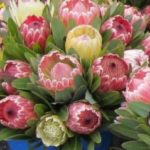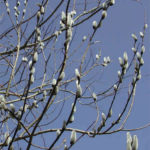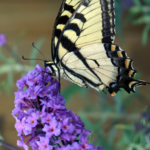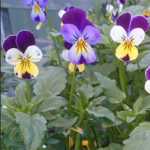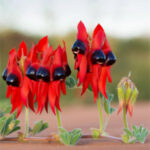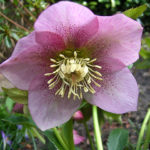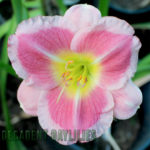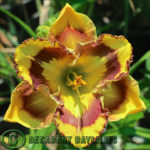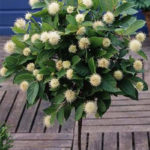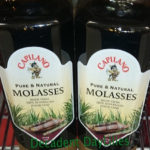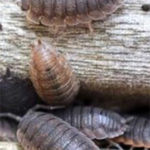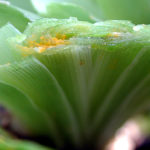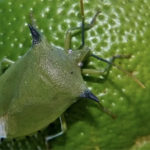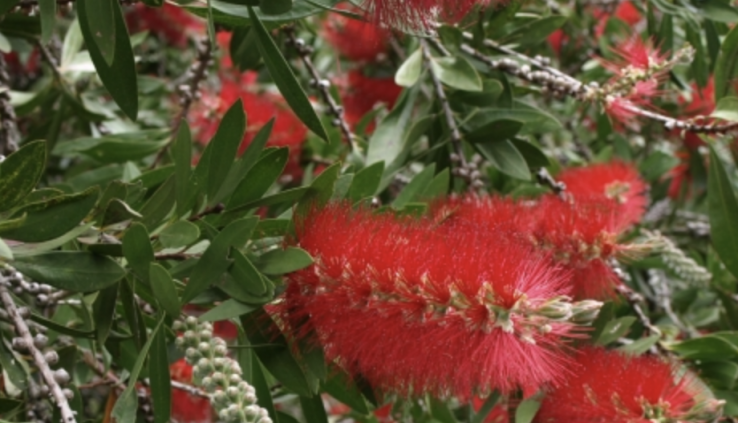
Australian Bottlebrush Best Way Of Growing Them
Australian Bottlebrush Tree Best Caring Conditions
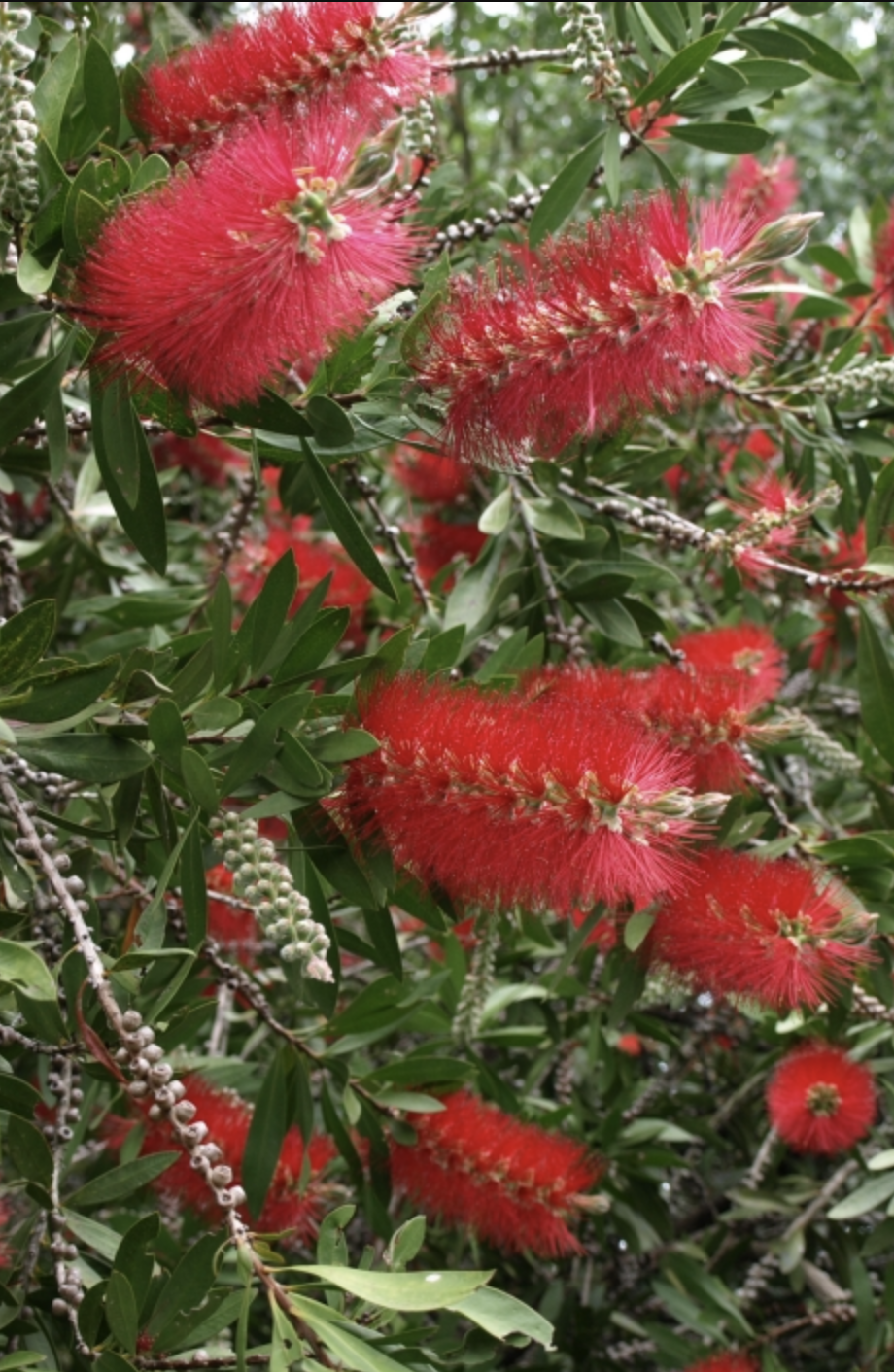 Australian Bottlebrush Tree gets its name from the cylindrical bottlebrush-shaped flowers. There are forty species of this plant belonging to genus Callistemon. Originating in Australia they are most common in eastern and south-eastern parts of Australia. They can be grown in tropical north and temperate southern regions of our country. These plants can grow in wet or damp conditions but will also grow out in the open hot dry sun only receiving rainfall. The flower spikes are produced from spring and last till summer. Each spike contains many individual flowers. The bottle brush appearance is given by the filaments or stalks which bear the pollen. The fruits of this plant contain hundreds of small seeds and are seen attached to the stem of the plant for many years. Bottle brushes are excellent as garden plants. They are slow to grow to start with and the height ranges from 0.5 m to 4m. The 15cm long flowers attract many wildlife birds and insects which feed on nectar. These plants can withstand damp conditions, moderate drought conditions and are frost tolerant. Bottlebrushes are hardy bee friendly Australian natives, that require the least maintenance a great choice for any home garden. The flower heads vary in colour depending on the species. People choose mostly the traditional vibrant red flower varieties, there are many other colours available purple, green, orange, lemon and white.
Australian Bottlebrush Tree gets its name from the cylindrical bottlebrush-shaped flowers. There are forty species of this plant belonging to genus Callistemon. Originating in Australia they are most common in eastern and south-eastern parts of Australia. They can be grown in tropical north and temperate southern regions of our country. These plants can grow in wet or damp conditions but will also grow out in the open hot dry sun only receiving rainfall. The flower spikes are produced from spring and last till summer. Each spike contains many individual flowers. The bottle brush appearance is given by the filaments or stalks which bear the pollen. The fruits of this plant contain hundreds of small seeds and are seen attached to the stem of the plant for many years. Bottle brushes are excellent as garden plants. They are slow to grow to start with and the height ranges from 0.5 m to 4m. The 15cm long flowers attract many wildlife birds and insects which feed on nectar. These plants can withstand damp conditions, moderate drought conditions and are frost tolerant. Bottlebrushes are hardy bee friendly Australian natives, that require the least maintenance a great choice for any home garden. The flower heads vary in colour depending on the species. People choose mostly the traditional vibrant red flower varieties, there are many other colours available purple, green, orange, lemon and white.
Best Growing Conditions for Flowering
These plants are very hardy and can tolerate, wet or cold conditions below freezing. They can survive in a wide variety of soils provided the soil is not highly alkaline.
- Though plants grown in partly shaded areas can produce flowers. Plants exposed to the full sun will produce brilliant flowers.
Mulching is good to reduce the weed growth around the plants and to preserve soil moisture. In colder areas, you can grow the bottle brush plants in pots and move them to a safe area in winter.
Australian Bottle Brush Tree Care
Callistemon bottlebrush requires the least maintenance and care.
- Make sure that you use premium potting soil mixed with sand to provide good water drainage while planting bottle brush.
- Potted plants will require pruning every year to make them remain as a shrub.
- When planting in poor garden soil enrich the soil by adding compost.
- When the Australian Bottlebrush tree is young and until the tree matures it is advisable to add some fertilisers to the soil annually.
- In the absence of rain, the young and established Bottlebrush trees may require a regular watering once a week until the soil gets saturated.
Australian Bottlebrush Tree Pruning the reason to produce blooms
Pruning the mature tree is necessary if you want to maintain it as a shrub or a hedge. Trimming the bottlebrush plant tips should be done each year this will keep the plant in shape. Pruning at the wrong time may affect the blooming of the plant. Do not snip off when the plant is bearing flower buds. The ideal time to prune the plant is just after the blooming period. Trim the evergreen plant either during later spring or summer. I know of many gardeners in Australia that grow only Australian native trees, shrubs and plants in their gardens. The Callistemon is popular shaped into tall hedges in these gardens and planted by local councils on nature strips in my area.
Propagation of Bottlebrush Plants
The propagation of bottlebrush plants is easy as they grow new plants from the cuttings of existing plants or from seeds.
To grow from seeds, collect the seeds from unopened ripe fruits and store them properly in a dry place. When the seeds get released by opening of the fruits, sow the seeds in potting soil in pots and not in the ground. The ideal time to sow the seeds is during spring.
To grow the plant from cuttings, get 6-inch-long cuttings from moderately matured stems. Remove the flower buds and the leaves on the lower part of the cutting. Plant the cuttings in rooting medium. Roots will develop within 10 weeks. Move the new plant outside in spring.


